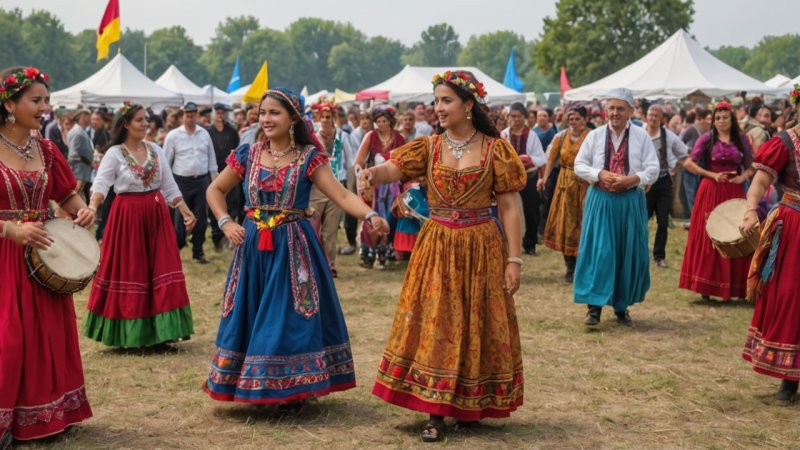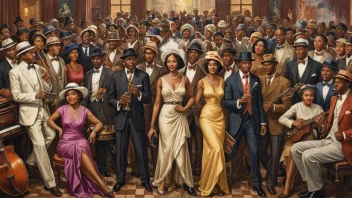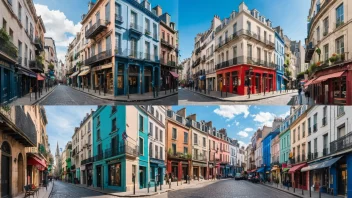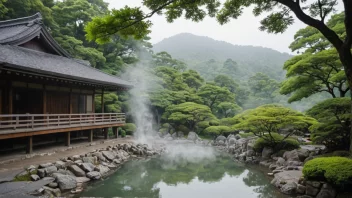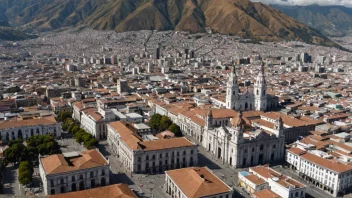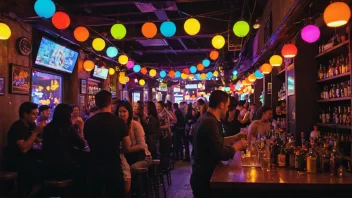In a fascinating exploration of the cultural tapestry woven by the Romani people, we delve into the vibrant festivals that are central to their identity. To gain deeper insights, we hypothetically interviewed Dr. Elena Rădulescu, a fictional cultural anthropologist specializing in Romani studies. Dr. Rădulescu has spent over two decades immersing herself in the traditions and practices of the Romani communities across Europe, offering a wealth of knowledge on their rich heritage.
The Significance of Festivals in Romani Culture
According to Dr. Rădulescu, festivals play a crucial role in Romani culture, serving as a means of preserving traditions and reinforcing community bonds. "Festivals are not just celebrations; they are a way for the Romani people to express their identity and history. Each festival carries unique meanings, often tied to the cycles of nature and their nomadic lifestyle," she explains.
Key Festivals and Their Unique Features
Dr. Rădulescu outlines several major festivals celebrated by the Romani, highlighting their distinct characteristics:
- Romani New Year (Sevda): Celebrated in late March, this festival marks the beginning of the new year according to the Romani calendar. It involves feasting, music, and dance, symbolizing renewal and hope.
- St. George's Day (Gheorgheni): Held in late April, this festival is crucial for many Romani communities. It celebrates the patron saint of travelers and involves rituals for protection and blessings for the coming year.
- The Festival of Lights (Luminile): This festival, celebrated in August, honors the ancestors and is marked by lighting candles and lanterns. It's a time for storytelling and sharing memories of loved ones who have passed on.
The Role of Music and Dance
When discussing the role of music and dance in these festivals, Dr. Rădulescu passionately states, "Music and dance are the heartbeat of Romani festivals. They are essential for expressing joy, sorrow, and everything in between. Each song tells a story, often reflecting the struggles and triumphs of the Romani people." She emphasizes the importance of traditional instruments, such as the violin and cimbalom, which bring a unique sound to their celebrations.
Challenges Facing Romani Festivals
Despite the beauty of these festivals, Dr. Rădulescu notes several challenges facing Romani communities today. "Globalization and modernization have affected the way these festivals are celebrated. Many younger Romani are disconnected from their roots, and traditional practices risk being lost. Additionally, there is often a lack of understanding and appreciation from outside communities, which can lead to marginalization," she explains.
Preserving the Heritage
In light of these challenges, Dr. Rădulescu advocates for education and awareness as key to preserving the Romani cultural heritage. "We need to promote cultural exchange and understanding. Festivals should be seen as an opportunity for people from all backgrounds to join in the celebration, learn about the traditions, and build bridges of respect and appreciation," she asserts.
Experiencing Romani Festivals
For travelers interested in experiencing Romani culture, Dr. Rădulescu offers some practical advice: "If you have the opportunity to attend a Romani festival, approach it with an open heart and mind. Engage with the community, learn their stories, and be respectful of their traditions. It's a beautiful way to foster connection and understanding across cultures."
Conclusion
Through this hypothetical discussion with Dr. Elena Rădulescu, we gain valuable insights into the vibrant festivals celebrated by the Romani people. These celebrations are not merely gatherings; they are vital expressions of identity, heritage, and community resilience. As we encourage greater awareness and appreciation of such cultural experiences, we pave the way for a more inclusive understanding of the diverse tapestry of human traditions.
